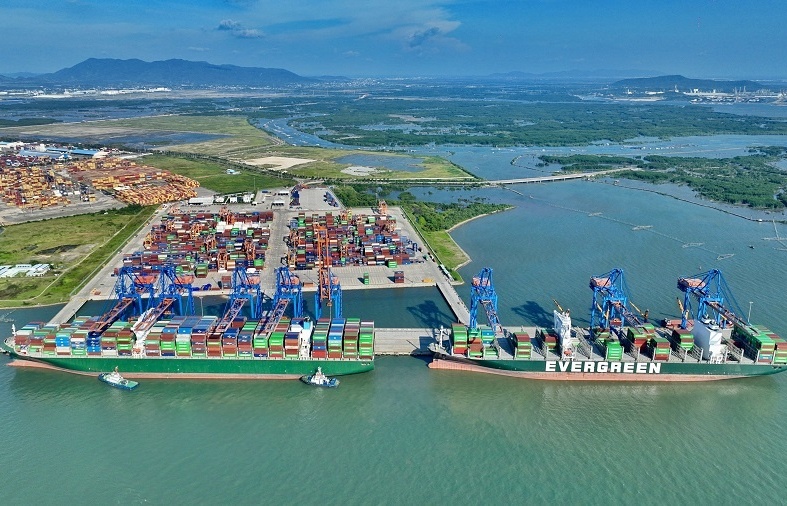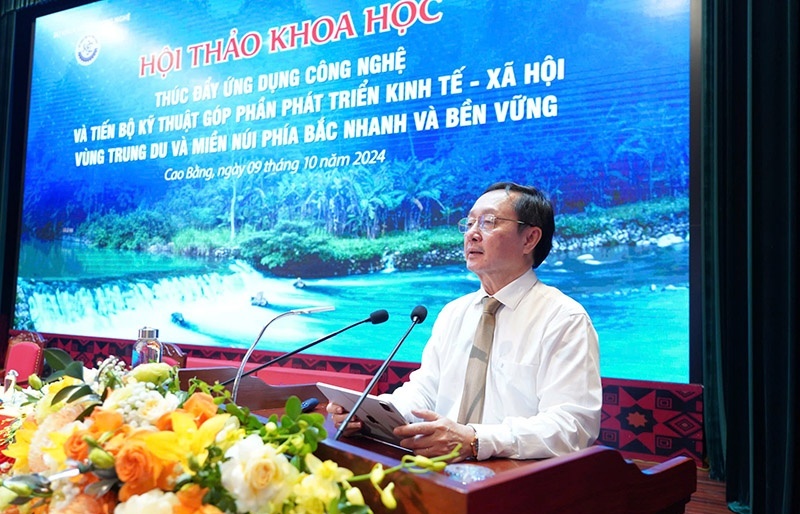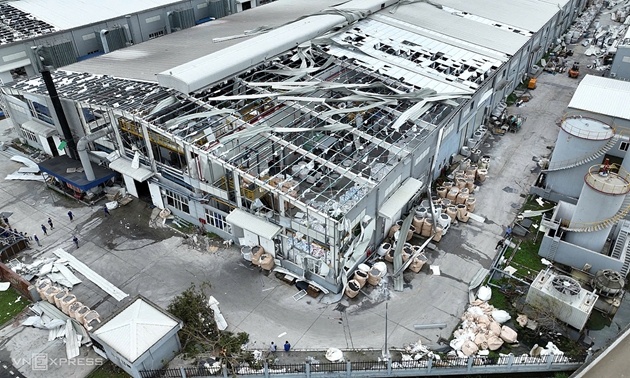Move to ease a few PPP concerns
 Le Van Tang, director of ministry’s (MPI) Public Procurement Agency, said in 2013’s first quarter the ministry would submit to the government a revised version of the Decision 71/2010/QD-TTg governing the implementation of public-private partnerships (PPP) projects.
Le Van Tang, director of ministry’s (MPI) Public Procurement Agency, said in 2013’s first quarter the ministry would submit to the government a revised version of the Decision 71/2010/QD-TTg governing the implementation of public-private partnerships (PPP) projects.
PPP implies the risk-sharing collaboration between the government and the private sector in carrying out a project with social benefits—such as highways, bridges and other transport infrastructure.
This revision is aimed at responding the complaint of private investors, especially foreign ones, as they said the the Decision 71/2010/QD-TTg was unclear.
“The new legal document will clarify the criteria of a PPP project and which specified sectors the Vietnamese government should call for private investment under PPP model,” Tang said. “More important, it will clarify the capital contribution of the government in a PPP project in order to reduce risks for private investors.”
In addition, Tang said, the revised documents would also regulate the government’s guarantee and remove the state contribution limitation to a 30 per cent of the total investment capital of a PPP project.
Tang said the limitation of 30 per cent was now an obstacle for the implementation of PPP projects.
“In the context of the economic downturn, the capital mobilisation of private investors will be more difficult and thus PPP projects need more support from the government. Therefore, this limitation should be eased,” added Tang.
The Decision 71/2010/QD-TTg issued in 2010 was the first legal document of Vietnam to call for the private sector’s investments in PPP projects, especially in infrastructure sector where the Vietnamese government wants to lure around $70 billion from the private sector till 2020.
However, unclear regulations on the state contribution to PPP projects have raised question on how the state would share risks with private investors.
For example, they do not know whether the cost of land rental, land clearance and compensation to be counted with the 30 per cent as part of the state contributions, or how the involvement of state-owned enterprises’ capital is calculated. In addition, investors are also are uncertain whether tax incentives will be counted as state contributions.
In a document released at the Vietnam Business Forum (VBF) held in Hanoi one month ago, private investors petitioned the Vietnamese government for further clarity on PPP organisational structure. Pilot PPP projects are expected to provide the experience on which fuller regulations can be based. These regulations are open-ended in order to leave maximum flexibility for creation of pilot projects of different types.
“But it appears to be very difficult for projects to be developed without clear guidelines about what is and is not permissible. The most important issue is what risks the state will bear and what risks will be allocated to the private sector,” said attorney Tony Foster, head of Infrastructure Working Group at VBF.
With the state investment on infrastructure being reduced, Tang said the Vietnamese government recognises the importance of the PPP model, adding that the revised regulations will be approved in a short time. Beside the revision of the legal framework, the Vietnamese government last month also established a special task force headed by Deputy Prime Minister Hoang Trung Hai to push the application of PPP investment model in Vietnam.
What the stars mean:
★ Poor ★ ★ Promising ★★★ Good ★★★★ Very good ★★★★★ Exceptional
Related Contents
Latest News
More News
- Vietnam’s economy on track for 6.5 per cent growth despite Typhoon Yagi, says HSBC (October 01, 2024 | 16:46)
- Vietnam urges China to expand market access for agricultural products and strengthen trade ties (October 01, 2024 | 16:42)
- IMF predicts Vietnam's economic growth to reach 6.1 per cent in 2024 (September 30, 2024 | 18:26)
- Deli Group breaks ground on $270 million factory in Hai Duong (September 30, 2024 | 18:17)
- Government considering tax on multiple properties (September 27, 2024 | 20:17)
- Accuracy more vital than ever in dawn of AI (September 26, 2024 | 20:44)
- Vietnam remains attractive destination for US businesses (September 26, 2024 | 20:23)
- New innovation centre inaugurated during HEF 2024 (September 25, 2024 | 09:00)
- China's Geely to build $168 million automobile facility with Tasco in Thai Binh (September 24, 2024 | 19:03)
- Spate of claims made in typhoon aftermath (September 19, 2024 | 17:00)




 Tag:
Tag:


















 Mobile Version
Mobile Version